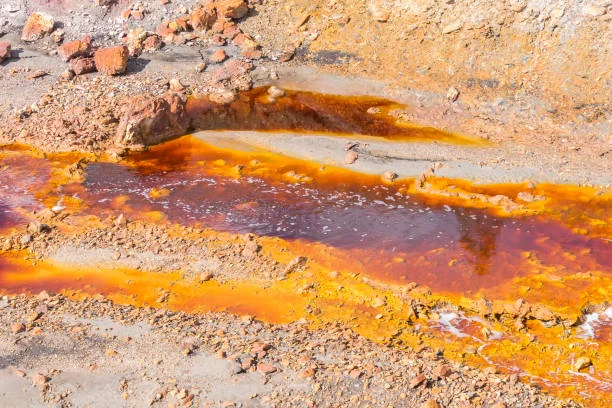
Introduction
Sodium cyanide is a highly toxic chemical that finds extensive use in industries like mining, metal processing, and electroplating. When a sodium cyanide spill happens, the potential release of hydrogen cyanide gas becomes a major concern. This gas poses severe risks to human health and the environment. This blog post is dedicated to exploring effective strategies for reducing the release of hydrogen cyanide gas during such incidents.
Understanding the Reaction
Sodium cyanide can react with water, acids, or other substances to generate hydrogen cyanide gas. The reaction is reversible, but certain conditions, such as an abundance of water or an acidic environment, can tip the balance towards more gas production.
Immediate Response Measures
Evacuation and Isolation
The top priority in the event of a Sodium Cyanide spill is to evacuate the area promptly. Set up a secure perimeter around the spill site to keep unauthorized individuals out. Make sure emergency responders are notified and equipped with proper personal protective equipment (PPE). This includes gas masks with suitable filters, chemical-resistant gloves, goggles, and protective clothing.
Containment of the Spill
Contain the spilled Sodium cyanide to stop its spread. Use absorbent materials like sand, vermiculite, or activated carbon to soak up the liquid or solid cyanide. Build barriers or dikes around the spill area to prevent the cyanide from reaching water bodies, drains, or other vulnerable areas.
Mitigation of Hydrogen Cyanide Gas Release
Ventilation
If the spill occurs indoors, ensure good ventilation to disperse the hydrogen cyanide gas. Open windows and doors to let fresh air in and allow the gas to escape. In industrial settings, activate mechanical ventilation systems to improve air circulation. But be careful, as improper ventilation systems might spread the gas to other areas.
Neutralization with Chemical Reagents
Hydrogen Peroxide: Hydrogen peroxide is a commonly used chemical for neutralizing sodium cyanide and hydrogen cyanide. It oxidizes cyanide into cyanate, which is less harmful. You can spray a hydrogen peroxide solution over the spilled sodium cyanide and the surrounding area to neutralize the cyanide and reduce the likelihood of hydrogen cyanide gas release.
Sodium Hypochlorite: Sodium hypochlorite, also known as bleach, can be used to neutralize cyanide. It oxidizes cyanide into less toxic substances. However, use it with caution, as incorrect usage can lead to the formation of dangerous by-products.
Thiosulfate: Thiosulfate can react with cyanide to create thiocyanate, which is less toxic. This reaction can help mitigate the impact of hydrogen cyanide gas release.
Water Adsorption and Scrubbing
Hydrogen cyanide gas dissolves in water. In some situations, spraying a fine mist of water into the air can help absorb the gas. The gas gets trapped in the water droplets and then falls to the ground. In industrial settings, gas scrubbers can be employed. These devices pass the contaminated air through a liquid, usually water or a chemical solution, to remove pollutants like hydrogen cyanide and reduce its concentration in the air.
Monitoring and Detection
Continuously monitor the air quality around the spill site for hydrogen cyanide gas. Use gas detection tools such as electrochemical sensors, infrared sensors, or colorimetric tubes to measure the gas concentration. This data is vital for assessing the effectiveness of the mitigation measures and ensuring the safety of responders and the public.
Long-Term Remediation
Once the immediate threat of hydrogen cyanide gas release is under control, long-term remediation of the affected area is needed. This involves removing and disposing of contaminated soil, decontaminating equipment and surfaces, and keeping an eye out for any remaining cyanide. Soil contaminated with sodium cyanide may need to be dug up, treated, and disposed of at a hazardous waste facility.
Conclusion
Reducing the release of hydrogen cyanide gas from sodium cyanide spills demands a swift and coordinated response. By implementing immediate evacuation and containment, along with effective neutralization, ventilation, and monitoring strategies, the risks posed by hydrogen cyanide gas can be greatly minimized. Proper training for emergency responders and the correct use of chemical reagents are key to safeguarding people and the environment when dealing with sodium cyanide spills.
- Random Content
- Hot content
- Hot review content
- Toxicity Assessment of Sodium Cyanide and Relevant Hazard Prevention Measures
- Chromates / Potassium Dichromate 99.5%
- Company product introduction
- Ammonium Chloride 99.5% Mining Collector
- Sodium Metal, ≥99.7%
- Phthalic anhydride
- Benzonitrile
- 1Discounted Sodium Cyanide (CAS: 143-33-9) for Mining - High Quality & Competitive Pricing
- 2Sodium Cyanide 98% CAS 143-33-9 gold dressing agent Essential for Mining and Chemical Industries
- 3Sodium Cyanide 98%+ CAS 143-33-9
- 4Anhydrous Oxalic acid 99.6% Industrial Grade
- 5Soda Ash Dense / Light 99.2% Sodium Carbonate Washing Soda
- 6Oxalic acid for mining 99.6%
- 7Calcium hydroxide Industrial Grade 90%
- 1Sodium Cyanide 98% CAS 143-33-9 gold dressing agent Essential for Mining and Chemical Industries
- 2High Quality 99% Purity of Cyanuric chloride ISO 9001:2005 REACH Verified Producer
- 3 High-Quality Sodium Cyanide for Leaching
- 4Powdery emulsion explosive
- 5Industry Grade Electron grade 98% Sulfuric Acid H2SO4 Sulphuric Acid Battery Acid Industrial Sulfuric Acid
- 6Colloidal emulsion explosive
- 7sodium hydrosulfide 70% flakes used Mining Industry


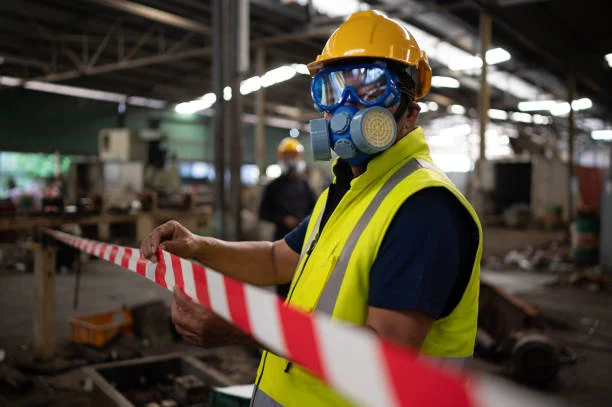
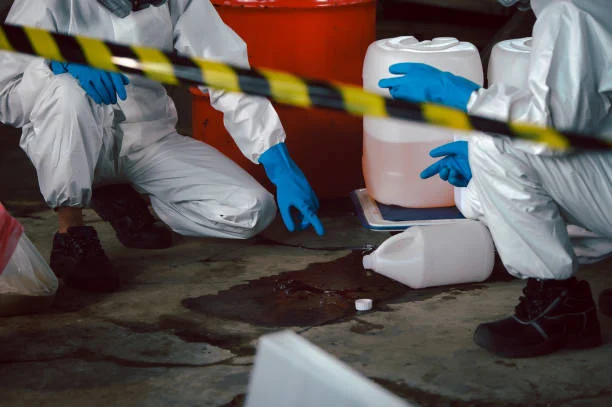
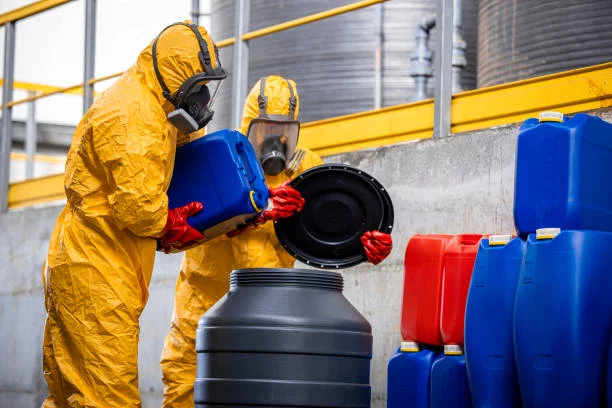
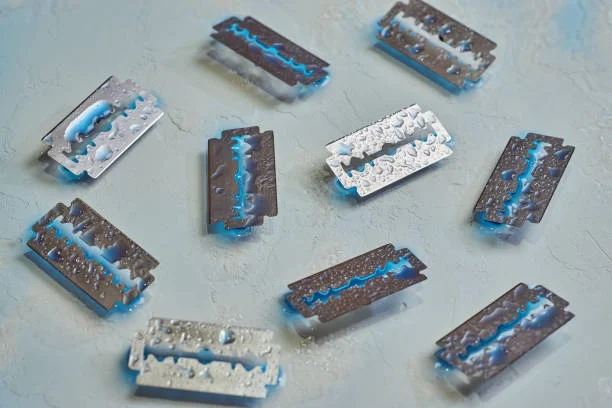
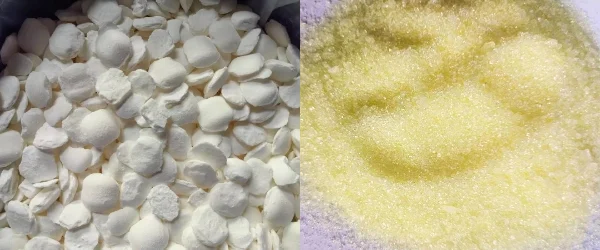
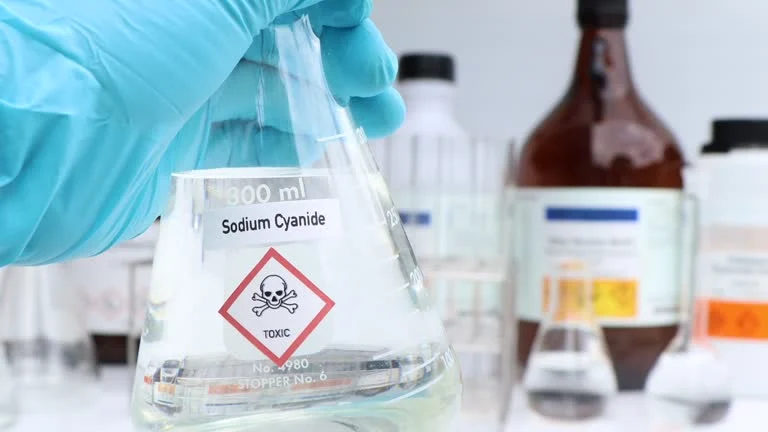
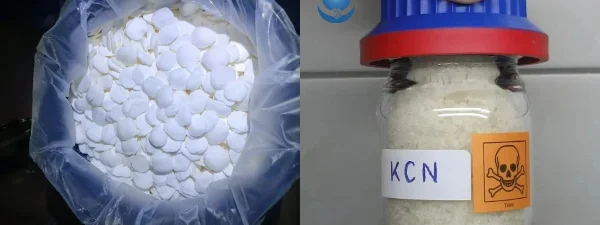



Online message consultation
Add comment: